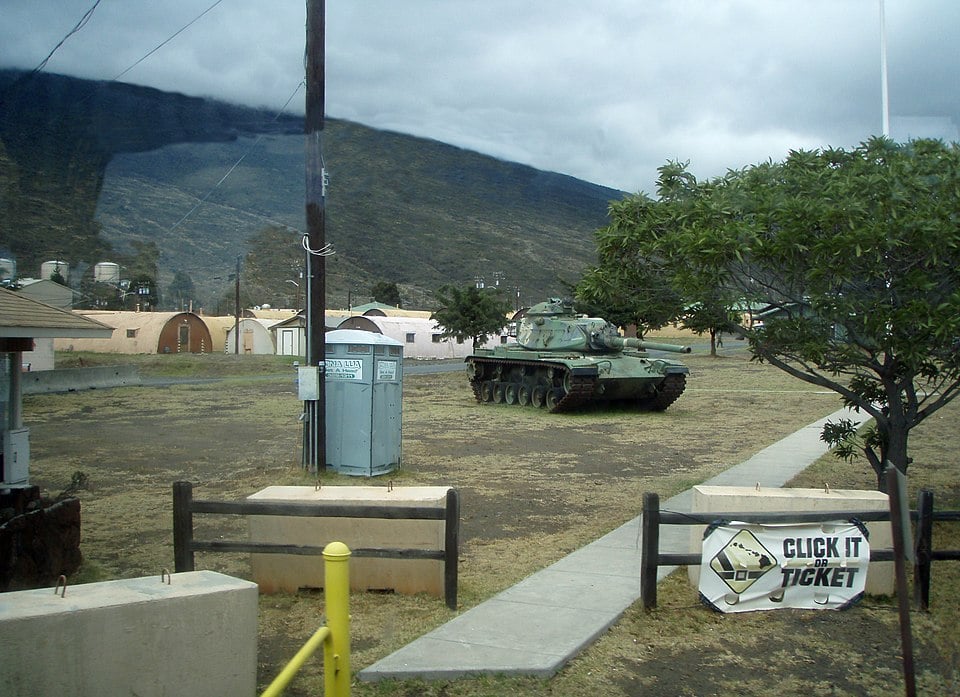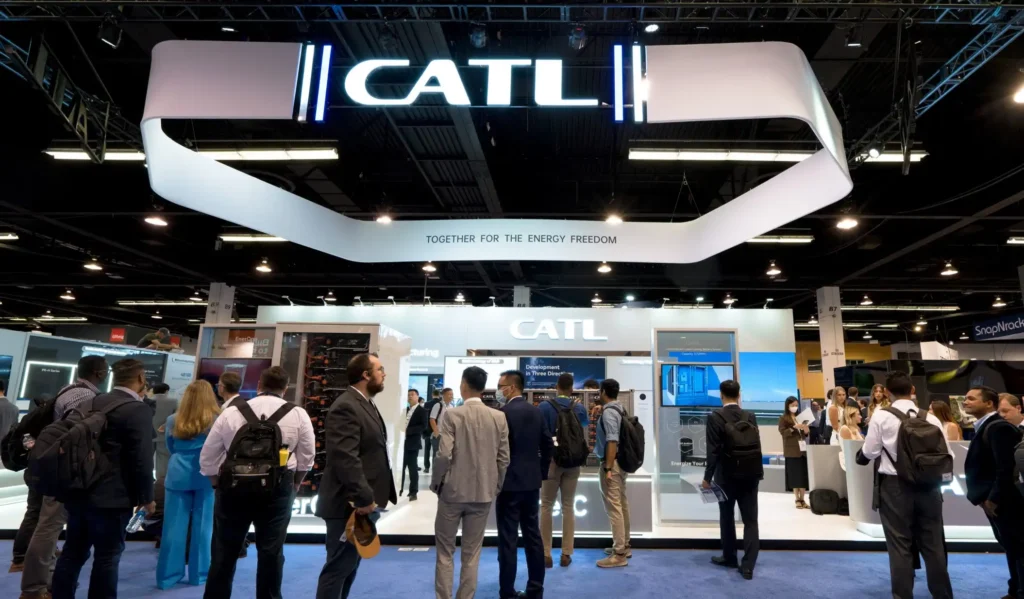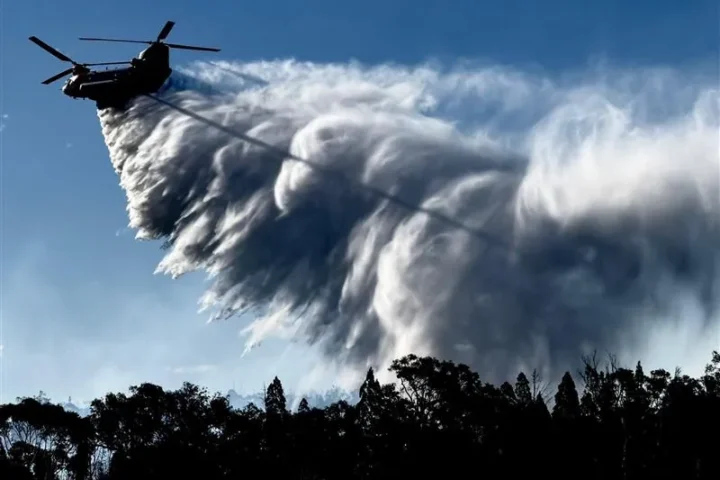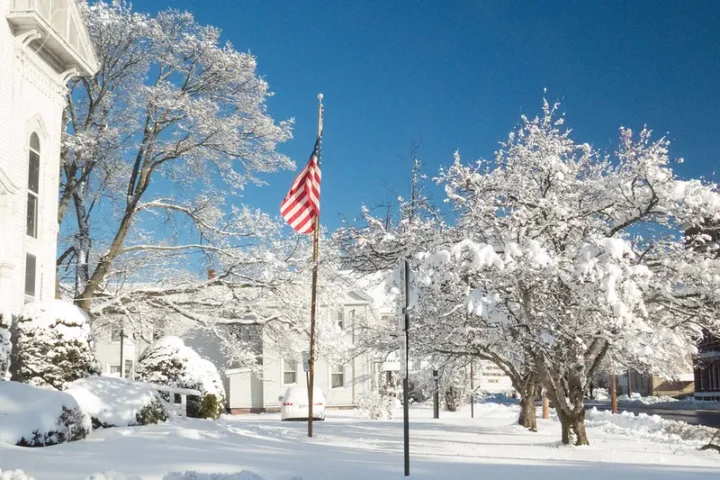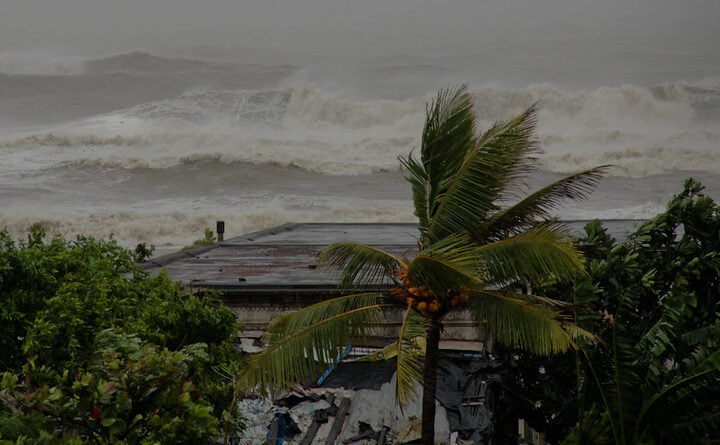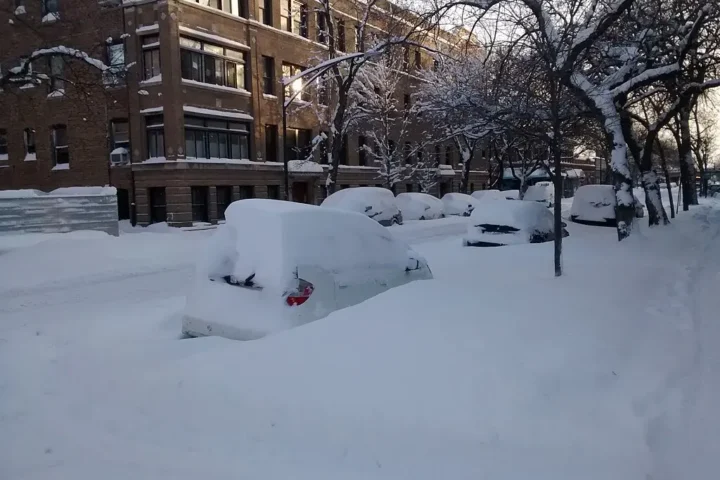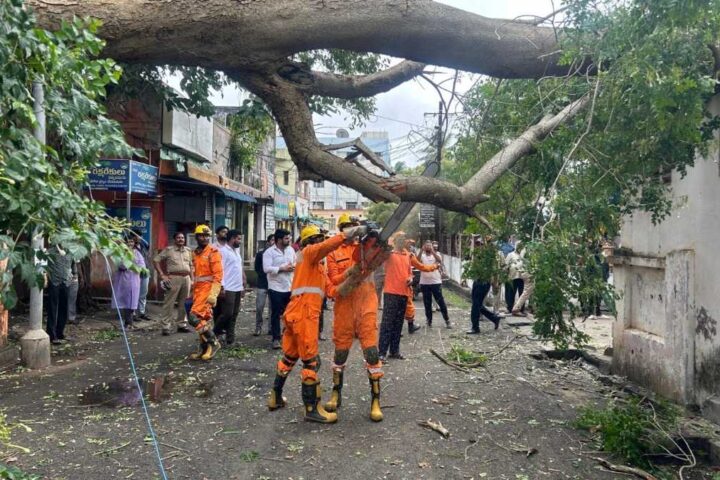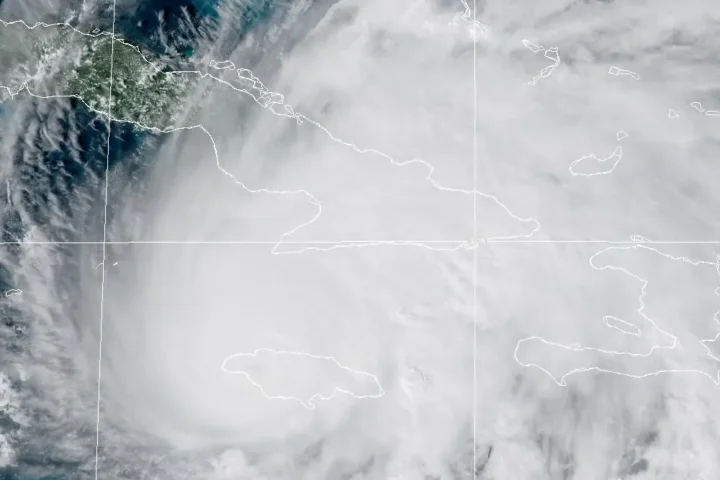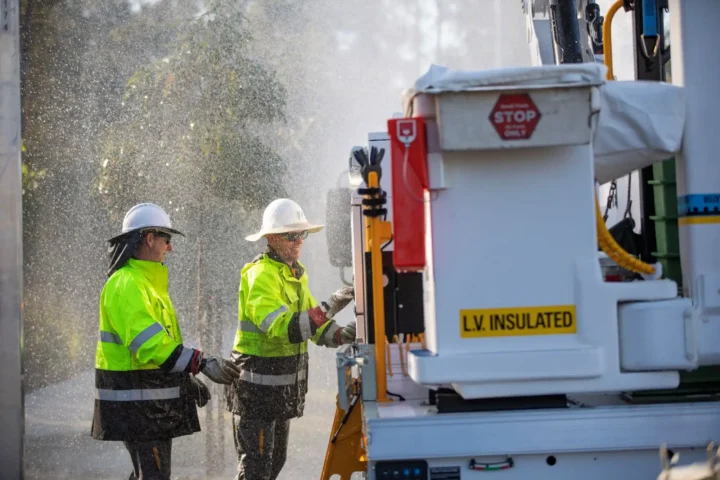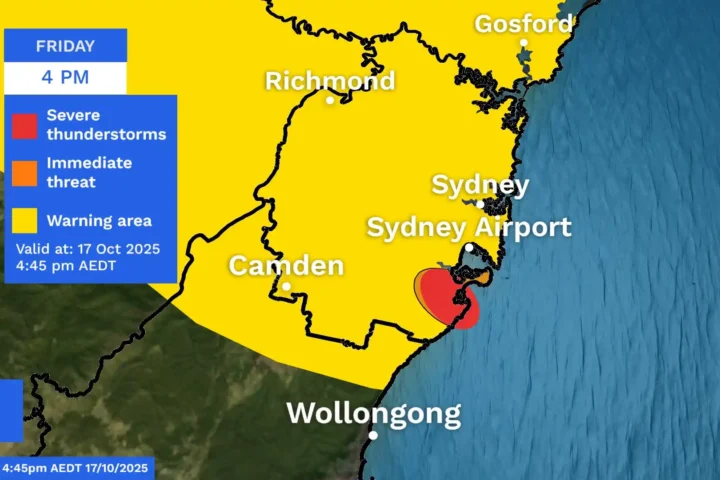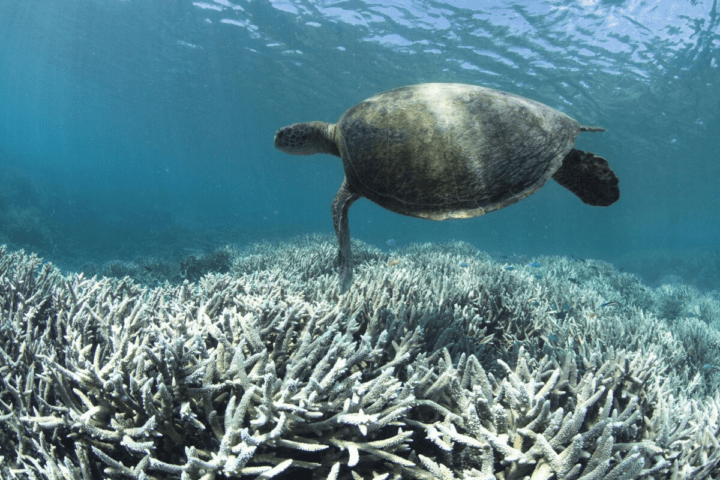The state of Hawaii delivered a major blow to the U.S. Army’s plans for keeping a massive piece of sacred land for military training. On May 9, 2025, the Hawaii Board of Land and Natural Resources voted 5-2 to reject the Army’s environmental review for Pohakuloa Training Area on Hawaii’s Big Island.
The Army wanted to keep using nearly 20,000 acres of state-owned land for another lease period. However, the land board said the military’s environmental impact statement was too incomplete to make an informed decision. Board chairperson Dawn Chang explained that the document “failed to provide sufficient information for an informed decision regarding the environmental impacts of the proposed action.”
The decision creates uncertainty for the Army, which has just four years left on its current 65-year lease that expires in 2029. The military has used this land since 1964, paying only $1 for the lease. Now they must either fix their environmental review or appeal within 60 days.
Missing Information Creates Problems
The land board found several critical gaps in the Army’s review. Military officials failed to complete proper surveys for endangered species across large portions of the area. They also didn’t conduct thorough archaeological studies, despite knowing the land contains Native Hawaiian burial sites and sacred cultural areas.
Lauren Yasaka, a state staff planner, said the review was “missing key information, including biological and cultural surveys, it ignores impacts to adjacent federal lands, it turns a blind eye to threats to endangered species and their habitats, impacts to cultural resources and practices and even the risk of aquifer contamination.”
The Army also provided no enforceable plan to prevent wildfires. Military activities at Pohakuloa have sparked more than 1,000 wildfires over the years. During public testimony, one resident said she “lost our pastoral lots during the last wildfire that was started at PTA, so we can’t keep cattle on our property anymore.”
Similar Posts
Sacred Land Under Fire
Pohakuloa, which means “long stone” in Hawaiian, sits between the sacred mountains Mauna Kea and Mauna Loa. For Native Hawaiians, this land holds deep spiritual meaning. It’s considered a wao akua (realm of the gods) and contains numerous burial sites of their ancestors, called iwi kupuna.
Alihilani Katoa from the group Hui Aloha Aina testified about the damage to native birds: “The EIS also notes that 38 bird species were observed, but only five native birds were detected on state lands. This is not proof of proactive management, as the Army claims, it’s a warning.”
Many speakers at the board meeting said using this sacred land for bombing and live-fire training was like desecrating a cemetery. One person asked why it would be acceptable to bomb Hawaii when “the military would never bomb Arlington National Cemetery or Gettysburg.”
Environmental Dangers Remain Unknown
Decades of military training have left the area littered with unexploded bombs and potentially dangerous chemicals. The Army previously used depleted uranium in practice rounds, though they claim this stopped years ago. However, the full extent of contamination remains unclear because the Army’s review didn’t properly study these risks.
The missing surveys are particularly concerning because the training area is home to endangered species and sits above important groundwater sources. The state now classifies this land as a conservation district, though military activities began before this designation.
Community Stands Strong
More than 140 people testified at the hearing, with the vast majority opposing the Army’s plan. The board received over 1,300 written comments on the environmental review. Community members, environmental groups, and Native Hawaiian organizations have spent decades fighting military activities in this area.
Senator Samantha DeCorte pointed to a recent discovery that highlights the Army’s inadequate protection of cultural sites. Military personnel found wooden ki’i (carved figures) in a lava tube within the training area. State Historic Preservation Division staff called it potentially “one of the most significant finds in the last 100 years.” Yet this discovery wasn’t properly disclosed in the environmental review.
What Happens Next
The Army can appeal this decision to the state Environmental Advisory Council within 60 days. Lt. Col. Tim Alvarado, who oversees operations at Pohakuloa, acknowledged the community’s concerns: “We recognize that past actions have caused harm and eroded trust, and we continue to seek a balance with consideration for the cultural and environmental significance of this land.”
Governor Josh Green said the rejection “presents challenges” but “is not the end of the conversation.” He emphasized the need for collaboration to find solutions that protect Hawaii’s natural and cultural resources while supporting national security.
For many advocates, this decision represents a rare victory in protecting sacred lands and endangered species from further military damage. The vote forces the Army to either conduct proper studies of environmental and cultural impacts or find alternative training locations that don’t threaten Hawaii’s most sacred places and vulnerable wildlife.
The decision could influence similar conflicts between military operations and Indigenous communities across the Pacific, where cultural preservation and environmental protection often clash with national security interests.
